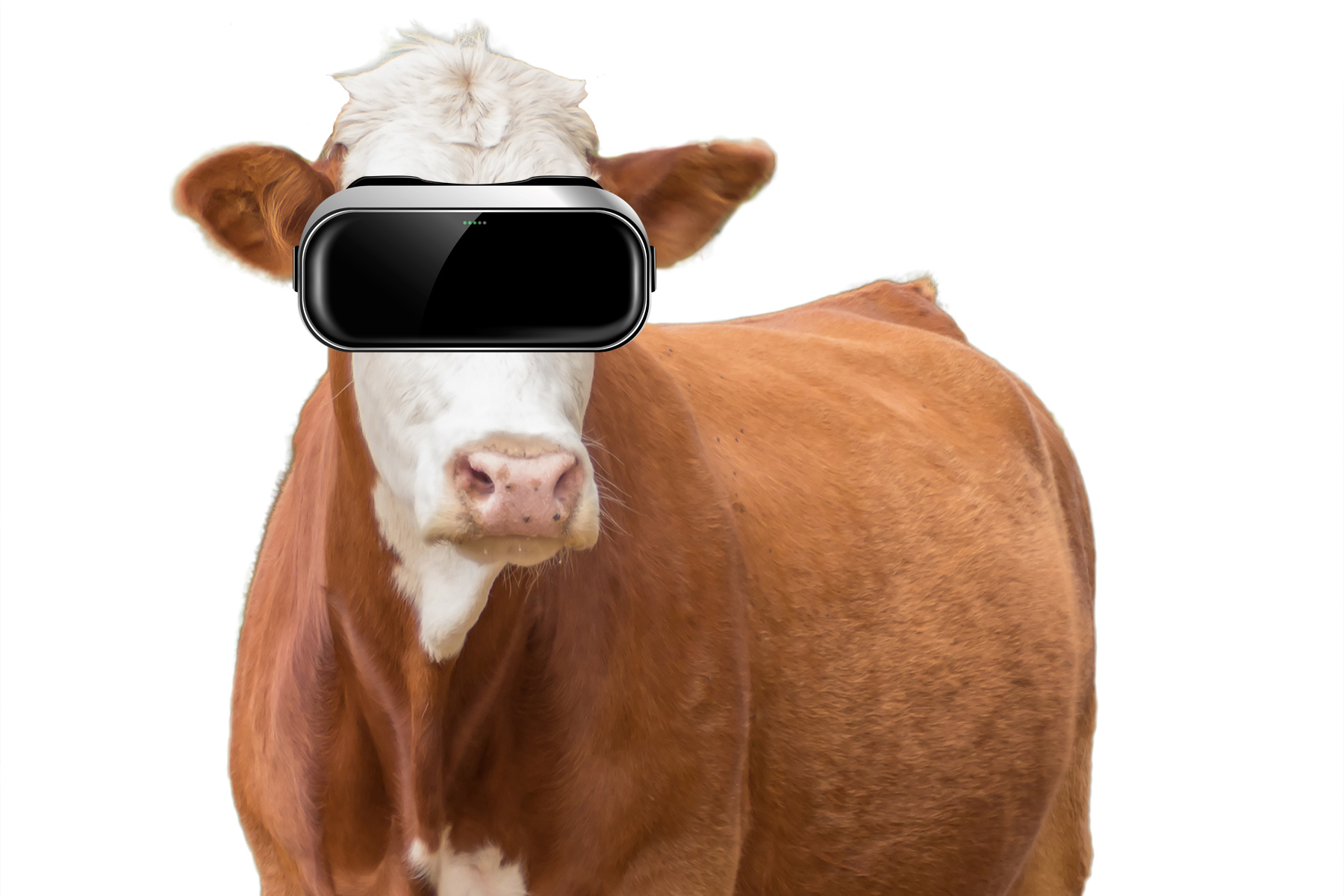

What we humans find relaxing presumably also has a calming effect on animals. This realisation prompted the Ministry of Agriculture of the Russian Federation to conduct experiments that have attracted attention: cows on a trial farm in Moscow are currently being fitted with virtual reality (VR) headsets. The headsets, which have been specially adapted for cows, show lush green meadows. The aim of the experiments is to find out whether the animals yield more milk as a result.
The ministry has reported initial success: the overall mood of the herd is more peaceful and the cows experience less stress. By means of this study, Russia intends to explore how milk yield can be further increased by applying new methods. Further experiments propose to show whether milk quality and quantity are also affected – should this be the case, even more cows in Russia could soon be wearing VR headsets.
Is this the future of dairy farming? Probably not. What is certain is that when animals’ welfare improves, their performance also improves. But in the long term, if this improvement is literally not real, the animals will hardly be affected by measures like VR headsets. Despite positive results in the short term, a truly sustainable, long-term improvement in animal welfare—and this must be the ultimate objective—will not be achieved in this manner, especially because this is invariably based on a combination of factors, including method of production, farm management and feeding. Therefore, farmers would be well advised to rely on reasonable measures. Indeed, the right feed additives can positively affect major animal welfare parameters such as udder and liver health, as well as the vitality of the animals concerned.